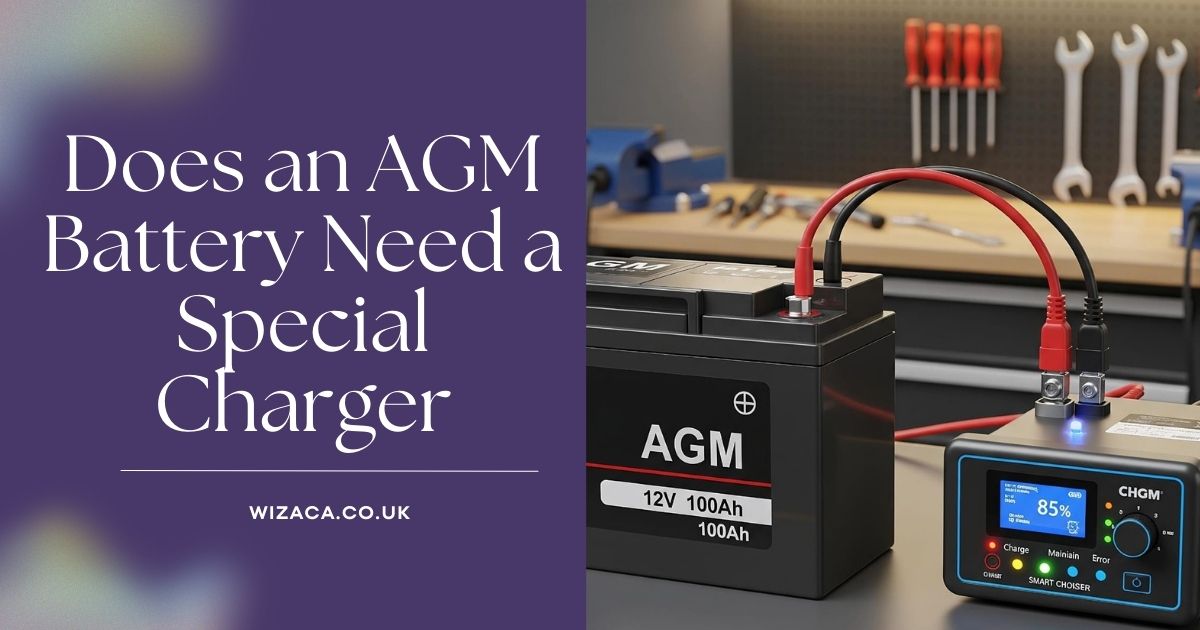Yes, using your car’s air conditioning (AC) typically burns more gas than driving with the windows down, especially at lower speeds. The AC compressor is powered by the engine, and running it increases the engine’s workload, leading to higher fuel consumption. However, at higher speeds, driving with the windows down can also reduce fuel efficiency due to increased aerodynamic drag.
Let’s break down how both AC use and open windows affect fuel economy, and when one is better than the other.
How Does Using AC Affect Gas Mileage?
When you turn on your air conditioning, it engages the AC compressor, which is powered by the engine’s serpentine belt. This additional load makes the engine work harder and burn more fuel.
How Much Gas Does AC Use?
- Running the AC can reduce fuel efficiency by 5% to 20%, depending on:
- The outside temperature.
- The vehicle’s size and engine.
- How hard the AC system is working (e.g., max settings on hot days).
On hot days, running the AC at full blast burns even more fuel, especially in stop-and-go traffic.
How Do Open Windows Affect Gas Mileage?
Driving with your windows down creates aerodynamic drag, making the car less streamlined. The impact on fuel efficiency depends on your speed.
At Low Speeds (Under 40-50 MPH)
- The drag effect is minimal.
- Driving with windows down at city speeds doesn’t impact fuel economy as much.
- It’s usually more fuel-efficient to open the windows instead of running the AC.
At Highway Speeds (Over 50 MPH)
- Drag increases significantly as speed increases.
- Open windows can reduce fuel efficiency by making the car less aerodynamic.
- In many cases, using AC is more efficient than having the windows down on the highway.
Which Burns More Gas: AC or Windows Down?
1. City Driving (Low Speeds)
- Open windows typically burn less gas than running the AC.
- The aerodynamic drag is minimal at lower speeds.
2. Highway Driving (High Speeds)
- AC may burn less gas than driving with the windows down due to reduced aerodynamic drag with windows up.
- The fuel penalty for drag increases at higher speeds.
Best Practices for Fuel Efficiency
- Use AC sparingly and on lower settings when possible.
- At lower speeds, consider using windows down to save fuel.
- At high speeds, it’s generally better to roll up the windows and use AC to maintain better aerodynamics.
- Pre-cool the car before driving if possible (especially if parked in the shade) to reduce the load on the AC.
- Keep your AC system well-maintained for maximum efficiency.
Conclusion
Using your AC burns more gas than driving with the windows down at lower speeds, but at highway speeds, open windows can create more drag, which may negatively affect fuel economy even more than using the AC. The best option for fuel savings depends on your speed and driving conditions.
FAQs
Does Using AC Always Use More Gas?
Yes, running AC always increases fuel consumption, but how much depends on the outside temperature, vehicle type, and AC settings.
Is It Better to Use AC or Roll the Windows Down on the Highway?
At highway speeds, it’s often more efficient to use AC because the aerodynamic drag from open windows can hurt fuel economy more.
How Much Gas Does AC Use Per Hour?
It varies, but AC can reduce fuel efficiency by 1 to 4 miles per gallon depending on vehicle size and driving conditions.
Will Cracking the Windows Instead of Using AC Save Gas?
Yes, cracking the windows at lower speeds can save gas compared to running AC. At higher speeds, however, the benefit is less clear.
Can Turning Off AC Improve Fuel Economy?
Yes. Turning off the AC reduces the load on the engine, improving fuel economy, particularly in city driving.
Also Check:
• Does AC Use Electric or Gas?
• Does an AC Compressor Make Noise
• Does a New AC Compressor Come With Oil










